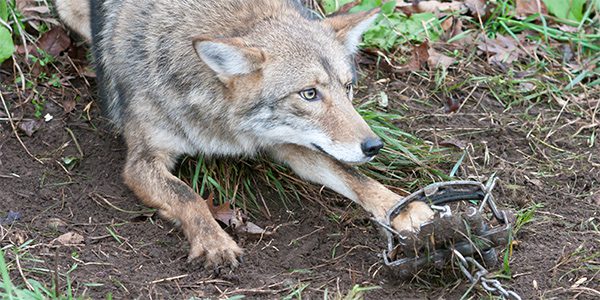Photo credit: JN Stewart
New Mexico meadow jumping mouse (Zapus hudsonius luteus) | ESA status: endangered
New Mexico meadow jumping mouse
The New Mexico meadow jumping mouse makes its home along the banks of southwestern streams. With these streams in decline, the mouse’s days are numbered without human help.
New Mexico meadow jumping mouse habitat
The New Mexico meadow jumping mouse is a water-loving, semi-aquatic rodent. Unlike other subspecies of meadow jumping mouse, it is never found in meadows or grasslands without suitable perennial water and riparian habitat, and it is rarely found more than a few feet from running water. Its large back feet assist it with swimming as well as jumping.
New Mexico meadow jumping mice are naturally rare and scattered across isolated population centers, and no wonder; riparian areas make up less than one percent of the landmass in the Southwest. Today, the mice are found only in five isolated mountain ranges in Colorado, New Mexico, and Arizona, and in the Rio Grande Valley.
New Mexico meadow jumping mouse life cycle
These small creatures are not called jumping mice for nothing. They can make leaps of up to three feet, 10 times the length of their bodies.
Mice spend their nights foraging in territories that stretch for up to 300 feet along stream banks (sometimes overlapping the territories of other New Mexico meadow jumping mice), eating fruits, the seeds of grasses and forbs, insects, snails, slugs, and millipedes. Moist habitats provide the mice with a cornucopia of options, as well as dense vegetation that hides them from predators and regulates the moisture and temperature of their environment.
Heavy sleepers
New Mexico meadow jumping mice that live in the mountainous areas of their range may hibernate for 10 months out of the year. Valley jumping mice have longer active periods, but still sleep from early November to late April. Because they spend so much time in hibernation, the preparations they make for their long sleep are crucial to their overwinter survival. And that is part of the key to their water-loving nature—it is along the banks of streams that these mice can most easily and quickly find the rich food sources they need to fatten up for hibernation.
What are the threats to the New Mexico meadow jumping mouse?
The mouse has been extirpated from 70 to 80 percent of its historic range, which extended from the San Juan Mountains in southwestern Colorado into the Rio Grande Valley in New Mexico and the White Mountains in Arizona. It became a candidate for listing under the Endangered Species Act in December 2007, and was listed in June 2014.
Grazing
In all historical locations surveyed since 2000, mouse populations have undergone large declines and in some cases may have completely disappeared. Overgrazing by livestock is the primary driver of their decline. Cattle grazing, even with low numbers of cows, destroys sensitive streamside habitat through loss of vegetation, alteration of the vegetative community by selective grazing of certain species, soil compaction, and general destruction from trampling. A mouse in grazed habitat generally cannot collect enough food during its short active period to make it through the winter. During surveys in 2005 and 2006, every population of New Mexico meadow jumping mouse was found in areas inaccessible to livestock.
Removal of beavers
Additionally, the removal of beavers from the southwest has had terrible repercussions for the jumping mouse. Beaver dams create complex wetland habitats with saturated soils and dense vegetation—perfect habitat for the New Mexico meadow jumping mouse—but trapping nearly eliminated beavers from New Mexico during the 1890s. Despite their role as ecosystem engineers, beavers are often deemed a pest species and continue to be removed and persecuted by humans, further reducing potential jumping mouse habitat.
Off-road vehicle recreation, camping, fire and subsequent erosion, flooding, water diversion for agricultural and urban use, ongoing drought, and climate change all contribute to further degradation of the mouse’s habitat.
Historical Significant Actions
Wildlife Press: New Mexico meadow jumping mouse
Santa Fe National Forest faces lawsuit for allowing trespass livestock into Valles Caldera National Preserve
Lawsuit follows years of inaction by the Forest Service to prevent livestock from illegally entering the Preserve
Read more >